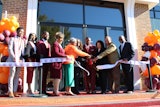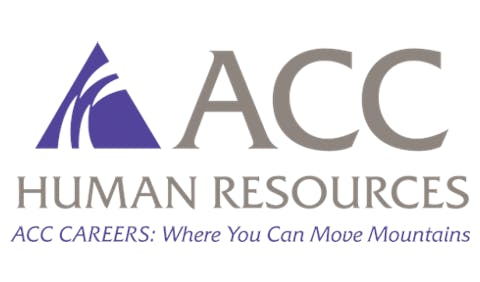When Scott Landry flunked a math class in his Townsend,
Mass., high school this year, he was told he wouldn’t make it into the 10th grade
unless he went to summer school.
So how was the 14-year-old starting his third week of a
summer algebra class?
“I’m going skateboarding and hanging out with my
friends,” he said. Of course, he wouldn’t get around to those tasks until
he rolled out of bed around 11 a.m. Algebra would wait until about 8 p.m., when
he was done playing and ready to log on to his computer.
With a growing number of schools letting students like Scott
take classes and make up credits online, summer school’s punitive reputation is
slipping. Many teens are finding less of a need to spend their summers cooped
up in a classroom missing out on camp, vacations and jobs.
“You have all day to do one assignment,” Scott
said. “And if you’re really busy one day, you can work on stuff the next
day.”
Submitting their assignments in e-mails, “talking”
to teachers through instant messaging and interacting with other students in
online discussion groups lets them learn at their own pace. They do the work
when they find time for it, and some students and their parents say the system
is making learning easier.
“These online classes have been a blessing,” said
Carol Meerschaert. Her 16-year-old daughter, Claire, has an attention deficit
disorder that kept her from passing English in her sophomore year at Fallon
High School in Falmouth,
Maine.
“She’s smart, but her grades weren’t showing it,”
Meerschaert said. “Now, if she needs to re-read something or come back to
it when she’s ready, she can. And she’s getting better grades.”
And with only about 90 minutes of online class time needed
each day, she’s spending her summer vacation the way she wants.
“I get up, do the work, then have time with my
friends,” she said.
Claire and Scott Landry are both taking their courses this
summer through the Maynard, Mass.-based Virtual
High School, one of about 25
organizations offering online courses.
“Kids are already so used to using the internet that
this is an easy way for them to learn,” said Susan Patrick, president of
the North American Council for Online Learning, based in Tysons Corner, Va.
“They’re taking these courses because need more flexibility, and students
should have options.”
According to the U.S. Department of Education, one-third or
about 6,000 of the country’s public school districts give credit for online
classes.
Some teens are taking the courses because they want to get
extra credit or take courses their traditional schools don’t offer. But a
growing number are turning to online learning for summer school classes.
Statistics aren’t kept for how many of the estimated 700,000
students taking online courses do so for summer credits, but Patrick guesses
the number is around 100,000.
“Online classes were primarily targeted to students
taking electives in addition to regular academic programs,” said Timothy
Magner, the DOE’s director of educational technology. “But there’s an
increase in the number of students who are taking them for core courses or
credit recovery. That’s becoming more mainstream.”
About 25 states have developed their own Internet-based
curriculums, while others use the courses created by companies such as Virtual
High School, Magner said.
Whether courses are paid for by a school or a student’s
family varies from district to district.
Liz Pape, chief executive of Virtual
High School, said her decade-old
organization began offering summer courses in 2003 when she noticed more
schools cutting back on their summer school programs.
“We stepped in and said OK, we can work with these
schools to help them out,” she said. “There was definitely a need for
it.”
The University of Miami Online High School saw the same
need, and started offering summer school classes two years ago.
“Kids want the flexibility and they want the
opportunity and ability to do other things in the summer and not just sit in a
classroom,” said Howard Liebman, the school’s president of academic
operations. “And we also started seeing a lot of parents and students who
are freaking out because the kids need to make up courses that aren’t being
offered in traditional summer schools.”
That’s exactly the position Christopher Steeves Jr. found
himself a few months ago at the end of his sophomore year at Indian
River High School
in Chesapeake, Va.
With his sights set on going to the Air Force Academy, the
15-year-old realized he missed out on taking enough math courses during his
first two years of high school. Making up the credit would mean a huge course
load this coming year or summer school. He wanted to take an honors-level
algebra class to catch up on the credits he needs, but his school wasn’t
offering that class this summer. So he signed up for an online class through
the University of Miami Online High School.
The time he spent every day taking the online class didn’t
stop him from visiting his mother in Colorado
for three weeks of hiking and whitewater rafting.
“I did the coursework while I was out
there,” he said. “I’d start off doing about 30 minutes a day. But
when the classes got harder, it would take a little longer. But it was better
than spending a whole day in a classroom during the summer.”
– Associated Press
© Copyright 2005 by DiverseEducation.com















